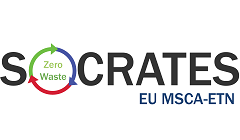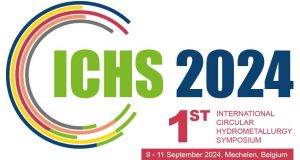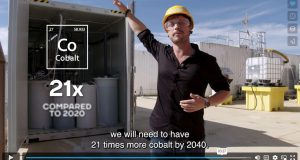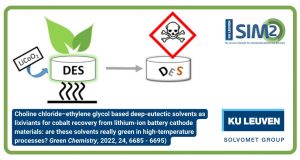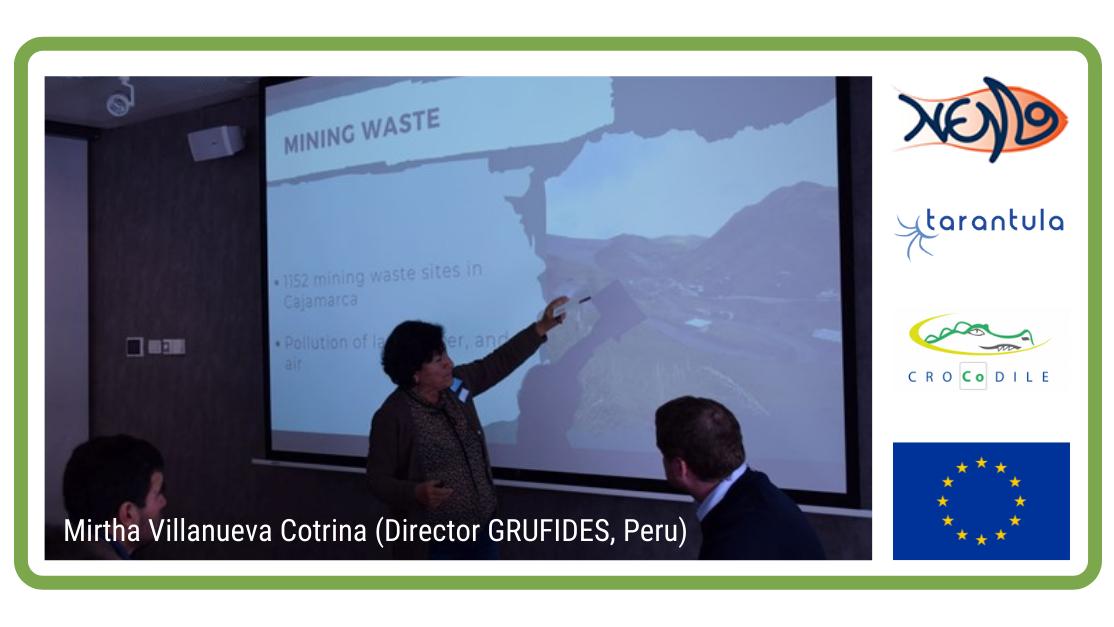Researchers at SOLVOMET/SIM² KU Leuven have uncovered the potential of a biobased extractant for the recovery of gold from anode slimes (i.e. a by-product of copper production), using a solvent extraction (SX) process. This extractant is known as diethyl carbonate (DEC) and can be produced from CO2 and bio-ethanol. The work has been published as a Golden Open Access article in ACS Sustainable Chemistry & Engineering.
Copper anode slimes
While native gold can be found as small nuggets in river deposits, it also occurs in association with a number of other minerals, including copper ores. Gold present in copper ores accumulates in a waste product known as “anode slime”.
This material forms during electrolytic refining of copper and contains the non-cuprous impurities from the initial impure copper sample. Anode slime also contains large amounts of residual copper, which greatly exceed the amount of gold in the material. Hence, a powerful separation technique is required to selectively recover the economically valuable gold.
Chloride leaching of anode slimes is generally considered as being the preferred method of gold extraction from anode slimes. After leaching, gold is recovered from the gold- and copper-bearing solution by solvent extraction (SX) using a petroleum-based extractant, often diluted in a petroleum-based solvent.
A biobased alternative
Diethyl carbonate (DEC) is a biobased alternative to conventional petroleum-based extractants for gold. It can be produced from bio-ethanol and CO2 and is largely non-toxic and biodegradable.
Chemically, it bears resemblance to methyl isobutyl ketone (MIBK), a toxic, non-biodegradable and petroleum-based extractant, which is widely used in gold hydrometallurgy.
The proposed solvent extraction process for DEC is similar to that of MIBK: the slightly acidified, gold- and copper-bearing chloride feed solution is contacted with the organic phase consisting of pure DEC. Extraction of gold is near-quantitative with no measurable coextraction of copper, even at copper-to-chloride ratios of 100. Stripping of gold from the loaded organic phase can be accomplished by contacting the DEC solvent with pure water.
A greener process
The DEC-based process holds some key benefits over the MIBK-based process. The DEC extractant is renewable, biodegradable and non-toxic. No co-extraction of copper occurs, so less downstream processing is required. Water can be used for stripping, as opposed to reducing agents or complexing agents, further reducing chemical consumption. These factors contribute to a greener process for gold extraction.
A potential drawback of DEC is its higher susceptibility towards acid or alkaline hydrolysis, leading to decomposition of the solvent upon prolonged contact with acidic feed solutions. This can be prevented by using lithium chloride as opposed to hydrochloric acid as a chloride source in the feed solution.
Using lithium chloride solutions holds the additional benefits that these solutions are far less corrosive than those containing hydrochloric acid, and that no hydrochloric acid fumes are produced.
While lithium chloride is more expensive than hydrochloric acid, the chemical is not consumed in the extraction process and can be fully recycled. Moreover, the decomposition products were found to not influence the extraction process significantly.
Future research should focus on the upscaling and on establishing a continuous process based on gold extraction by DEC.
Full reference of paper
Stijn Raiguel, Lukas Gijsemans, Arne Van den Bossche, Bike Onghena and Koen Binnemans, Solvent Extraction of Gold(III) with Diethyl Carbonate, ACS Sustain. Chem. Eng, 2020, 8, 13713-13723. DOI: 10.1021/acssuschemeng.0c04008
Acknowledgements
S.R. and A.V.d.B. thank the Research Foundation Flanders (FWO) for PhD grant. The authors acknowledge funding by KU Leuven (project C32/17/011). The authors wish to thank Rene Wiersma (Shell Global Solutions Int. B.V., Amsterdam, The Netherlands) for providing samples of the solvents and for scientific discussions. The authors are also grateful to Rayco Lommelen for constructing speciation plots using OLI Studios.
SOLVOMET/SIM² KU Leuven?
- General SOLVOMET Group website: https://chem.kuleuven.be/solvomet
- Lab facilities: https://solvomet.eu/mini-pilot-scale-equipment-2/
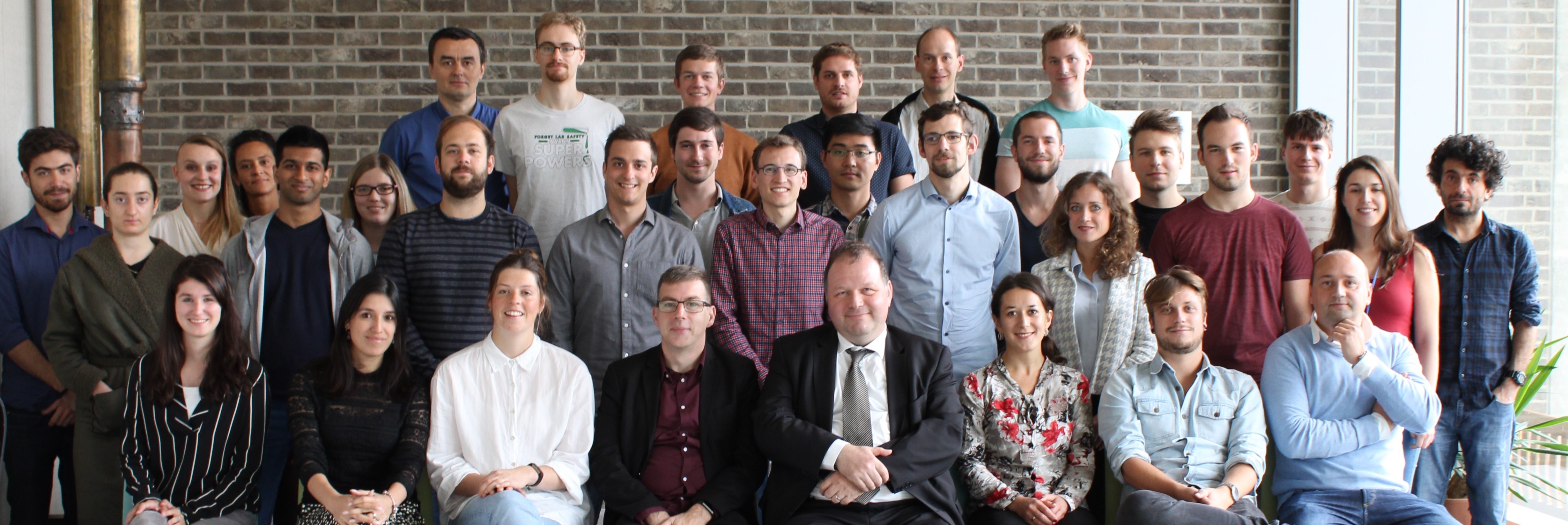
SOLVOMET Group Photo
